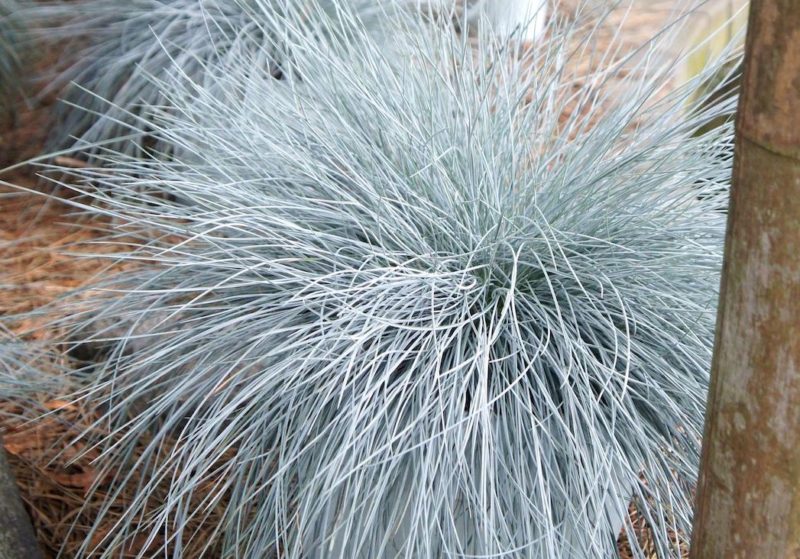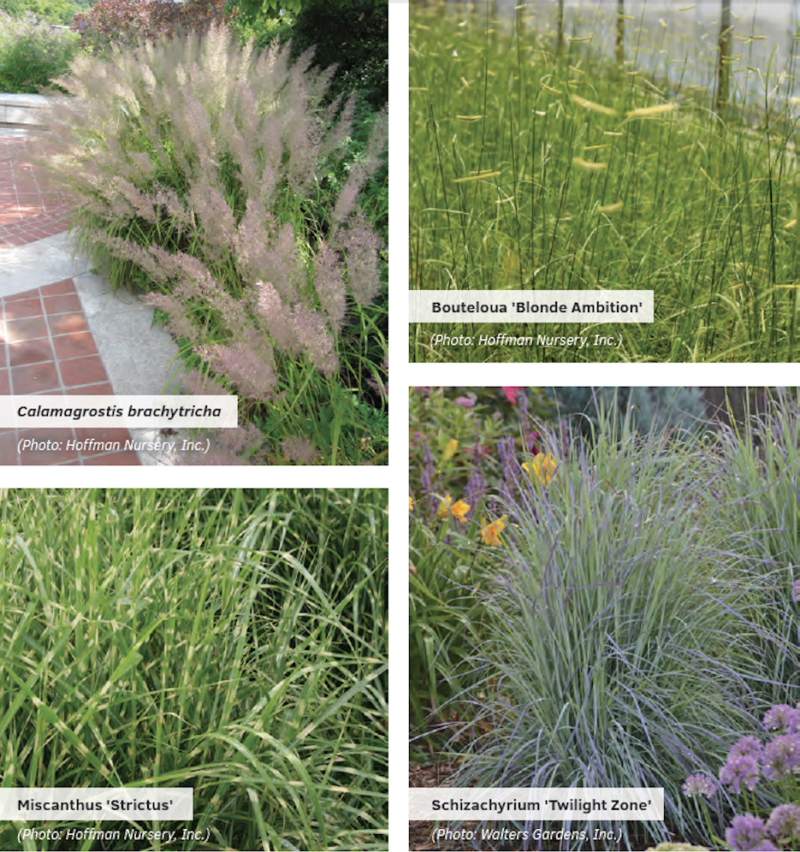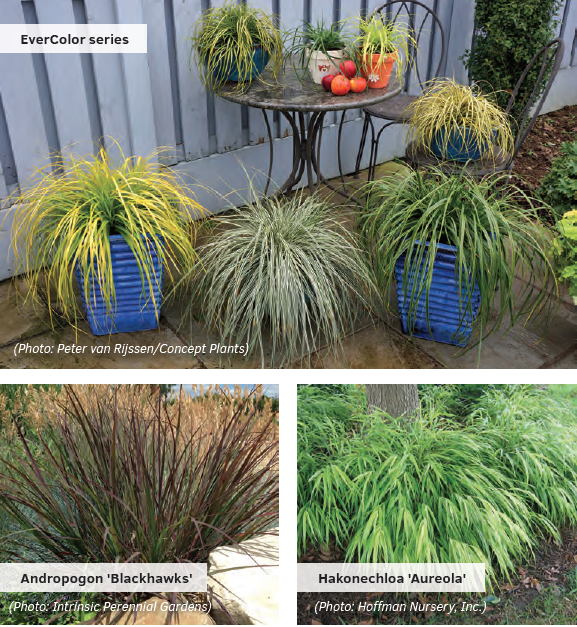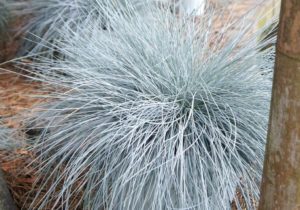
On Trend: Ornamental Grasses
Back in the mid-to-late 1980s when I entered the green industry full time, ornamental grasses were beginning to enjoy their time in the spotlight, just as perennials had a couple of years earlier. I remember industry colleagues wondering how long this fad would hang around — surely they would have their moment in time, but then the bottom would fall out of the ornamental grass market, right? I, on the other hand, was convinced they were here to stay — and if I were a betting woman, that prediction would’ve made me a wealthy one also.
Ornamental grasses have long since proved their value in the landscape, moving from what was once considered a craze to one that is a solid cultural shift. Why this enduring interest in ornamental grasses? As gardens (and the plants that occupy them) have shifted toward lower maintenance, native driven, and nature friendly, ornamental grasses have fit every bill that today’s gardener demands — while providing the contrast, texture and form that designers crave.
So how can we use ornamental grasses in ways that continue to feel fresh and current? Here are some of the hottest landscape trends and a grass (or five) for each.
BRIGHT COLOR BEYOND FLOWERS
Color trends seem to hang on for several years before shifting, and right now there’s a big focus on minty green shades. Festuca glauca ‘Beyond Blue’ and ‘Cool as Ice’ both offer outstanding color during the summer, but continue to shine in the winter months as well, far beyond when industry standard of ‘Elijah Blue’ gives up for the year. Many of the festuca varieties tend toward the blue hues, and combine beautifully with plants that feature silvery foliage, and purple/lavender/orange blooms.
Hot color is also “in,” and Hakonechloa macra ‘SunFlare’, with bright chartreuse leaves tipped with striking burgundy accents is one of the most appealing offerings. It pairs well with red-leafed Andropogon gerardii ‘Blackhawks’ and ‘Red October’. Little Bluestem Schizachyrium scoparium ‘Twilight Zone’ has green leaves with blue-purple tips. It is truly out of this world. Grasses this colorful can take center stage on their own and be marketed as container thrillers, as well as landscape focal points.
The design-oriented among us know that the Pantone Color of the Year is a vivid pinkish-orange called Living Coral, which is an unbelievable foil for ornamental grasses with equally intense color. When Living Coral shades factor in to garden design through planters, outdoor cushions and garden accessories, grasses naturally add high contrast and high style. Japanese Forest Grass (Hakonechloa macra ‘Aureola’), Zebra Grass (Miscanthus sinensis ‘Strictus’) and Pennisetum alopecuroides ‘Lumen Gold’ are all fantastic choices. And, given that color trends persist, we’re likely to see an appetite for anything that plays well with pink for several years.

EASY CARE GARDENS
“Busy” seems to be the buzzword these days (how to stop being busy and how to enjoy life while being overcommitted seem to battle for dominance), but one thing “busy” boils down to is that even people who love gardens are looking for “easy care” plants. In addition to being perfect for overwhelmed homeowners (and renters), easy care plants are ideal for anyone wanting to enjoy a beautiful garden without the need for excess chemicals. Ornamental grasses check both of those boxes.
Ornamental grasses and grass-like plants are ideal for these low-maintenance plantings because their beauty belies their tough-as-nails nature. Carex oshimensis ‘Evercolor Everillo’ is a perfect example — from durable groundcovers to “hellstrip” planting or mixed planters, ‘Everillo’ survives -20° F, requires no regular pruning, and simply asks for a bit of regular water. Kirk Brown, award-winning designer/speaker and outreach coordinator of Magnolia Plantation & Gardens says, “These are my go-to plants for nearly everything. I’ve planted them everywhere, especially Everillo. They would do well in a hell strip and once established don’t have any extraordinary watering requirements.”
Another favorite is Bouteloua gracilis ‘Blonde Ambition,’ with weather-resistant stems, cold hardiness and the ability to beautifully thrive in many soil types. Everyone loves the striking blonde seedheads that stand throughout the winter months, as well.
Love feather reed grass Andropogon gerardii ‘Karl Foerster’ but looking for something new and equally low-maintenance? Try ‘Karl’s Cousin’ (Calamagrostis brachytricha), a Korean feather reed grass. Same bullet-proof growing habits, suitable for sunny sites, and slightly less erect than ‘Karl Foerster’.

PRAIRIE/MEADOW PLANTINGS
Prairie plantings with native grasses are among one of the strongest landscape trends in recent years, with micro-prairies in front yard plantings to full-on large scale prairie restoration projects equally on trend. Native ornamental grasses are crucial to these type of gardens — they lure invaluable pollinators, help control erosion, provide shelter and nesting sites for birds and small mammals, and contribute to healthy and fertile soil structures.









 Video Library
Video Library 

















